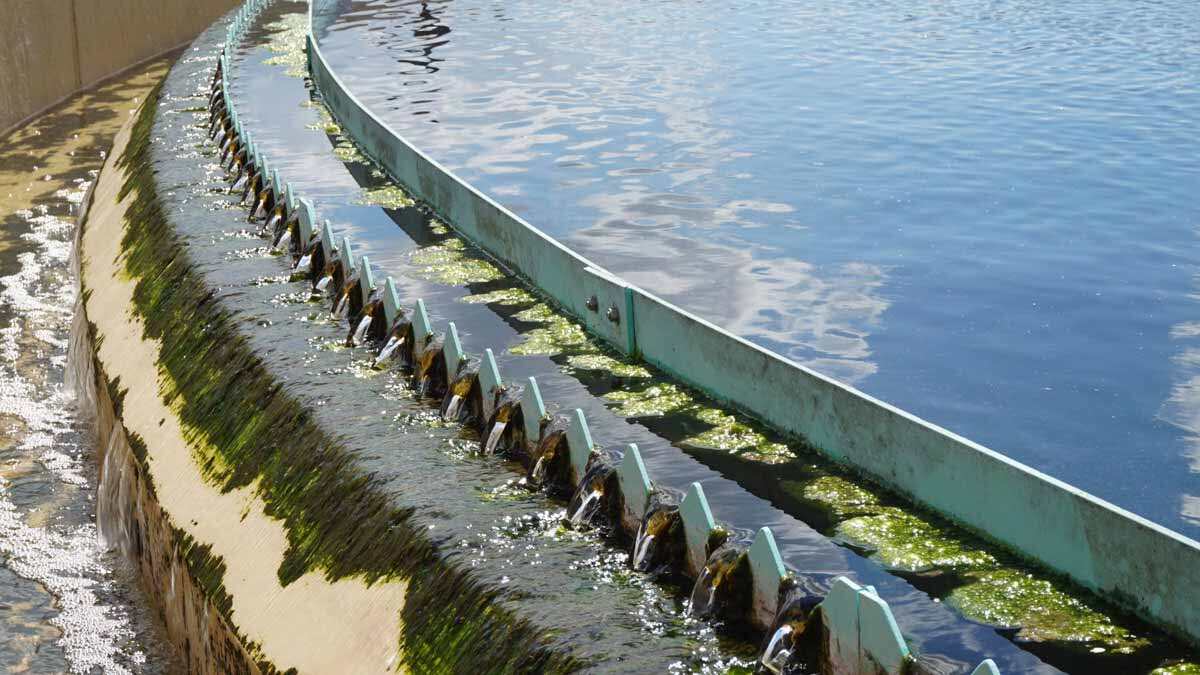What is COD in water?
Publish Time:2022-12-13 Views:180
In wastewater and sewage treatment, we often refer to COD,but more people do not know what is the COD? And why we need know the COD in wastewater and sewage treatment.
What is COD in water?
Chemical oxygen demand (COD) is a chemical method to measure the amount of reducing substances that need to be oxidized in a water sample. Oxygen equivalent of substances (usually organic) that can be oxidized by strong oxidants in wastewater, wastewater treatment plant effluent and contaminated water. In the study of river pollution and industrial wastewater properties and the operation and management of wastewater treatment plants, it is an important and fast-determined organic pollution parameter, often represented by the symbol COD.
Why we need measure Chemical Oxygen Demand (COD)?
When the treated wastewater is discharged into the environment, the organic pollutants in the wastewater will be brought into the environment. Organic pollution is a common environmental pollution. Organic pollutants are oxidized and decomposed under the action of microorganisms, which consumes a large amount of water in the water. The dissolved oxygen makes the water black and stinks, suffocating all kinds of aquatic organisms. There are also many organic pollutants (especially the organic pollutants discharged from industry) that often have different degrees of biological toxicity and even carcinogenic effects, which will destroy the balance of the ecosystem and deteriorate the living environment of human beings. Therefore, we need to test the chemical oxygen demand (COD) to evaluate the total amount of reducing substances (mainly organic pollutants) in the water BODy, so as to monitor the discharge of pollutants.

Which Processes Require Chemical Oxygen Demand (COD) Monitoring?
Influent waters entering wastewater plants are high in organics and the wastewater plant must reduce the “organic loading” before discharging water to a receiving BODy.
Oxygen demand is useful for measuring waste loadings, evaluating the efficiency of the treatment process, and ensuring compliance with regulations for the oxygen demand of effluent.
Primary Treatment:
clarifiers, or sedimentation basins, slow the flow of the wastewater to allow suspended solids to settle. Surface skimmers collect any floating fats, oils and greases. With the use of this mechanical and physical means, approximately 30% of organic matter is removed from the wastewater and is routed to the solids management area of the plant.
Secondary Treatment:
This process uses living organisms to aid in reducing organics. In the aeration basin, bacteria and microorganisms convert biodegradable organic matter to carbon dioxide and water. With this conversion, organics are reduced, thereby reducing oxygen demand.
Discharge Limits:
Discharge limits vary from plant to plant depending on the characteristics of the receiving water, effects on aquatic life, recreational uses and other factors. Discharge permits may stipulate a specific maximum concentration for BOD or COD, or a percent removal. Some plants require achieving as much as 90% removal of oxygen demand.
Bioetp provide service for ETP/STP designing, equipment manufacturing, plant installation, operation training and maintenance service. also provide solutions and equipments for almost all kinds of sludge dewatering treatment. also provide smell control solutions and smell control plant and related equipmentsfor APIs industry and feed processing industry.
So, if you have any ETP/STP , sludge dewatering , smell control requirement aroused, please feel free to contact Bioetp. You can find our contact on Bioetp official website www.bioetp.com.